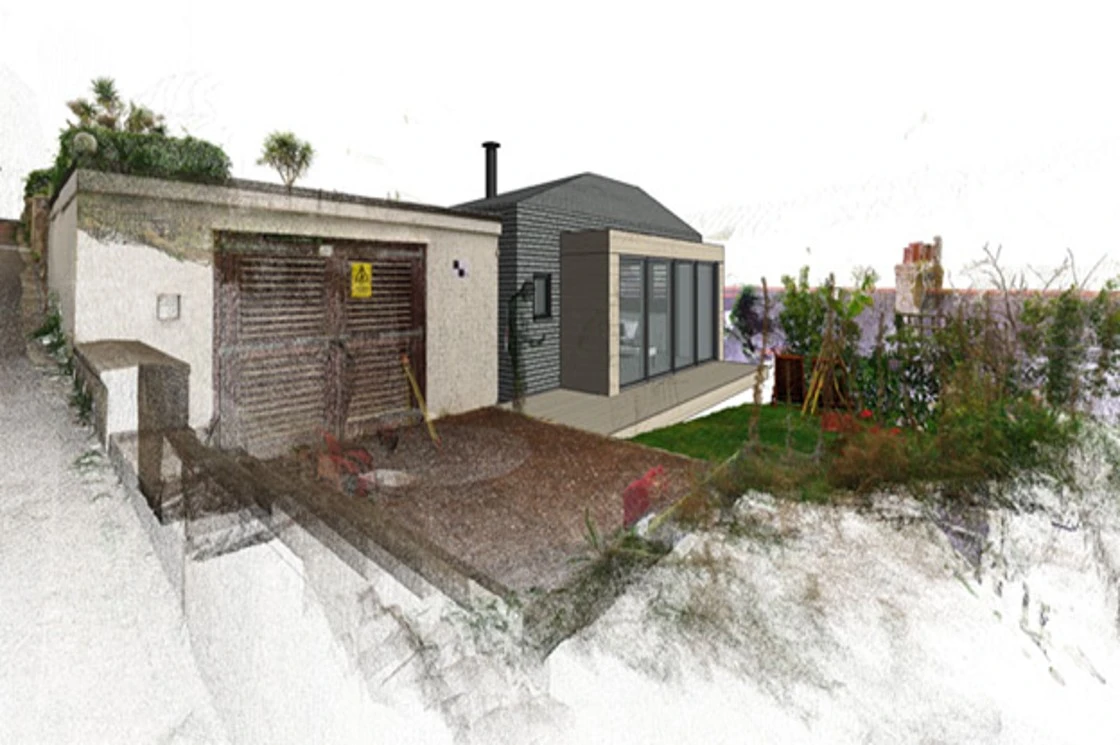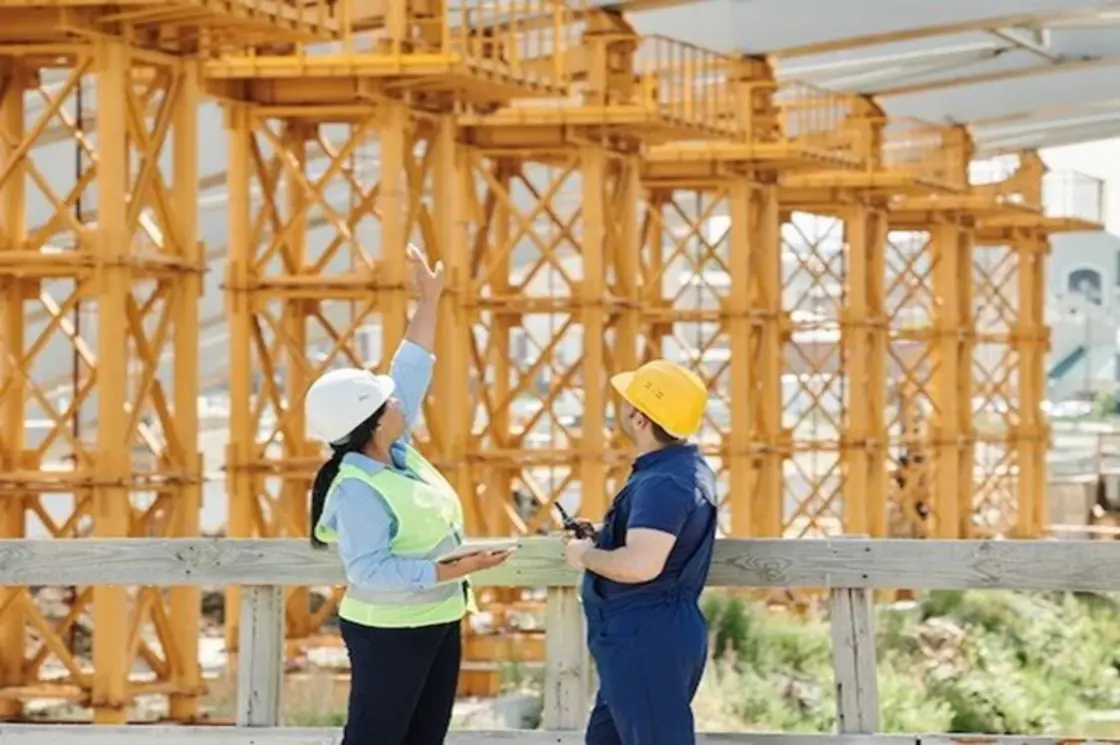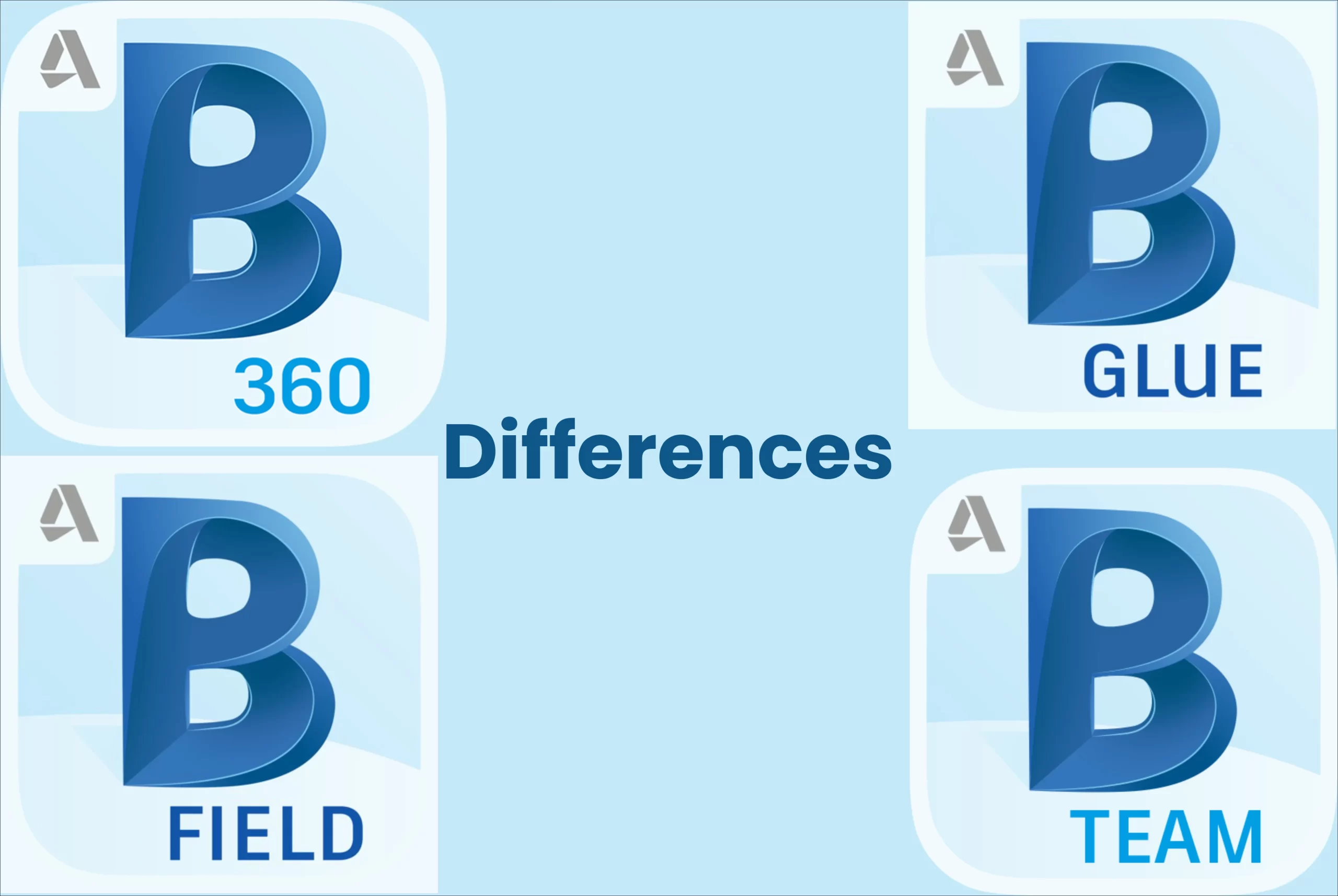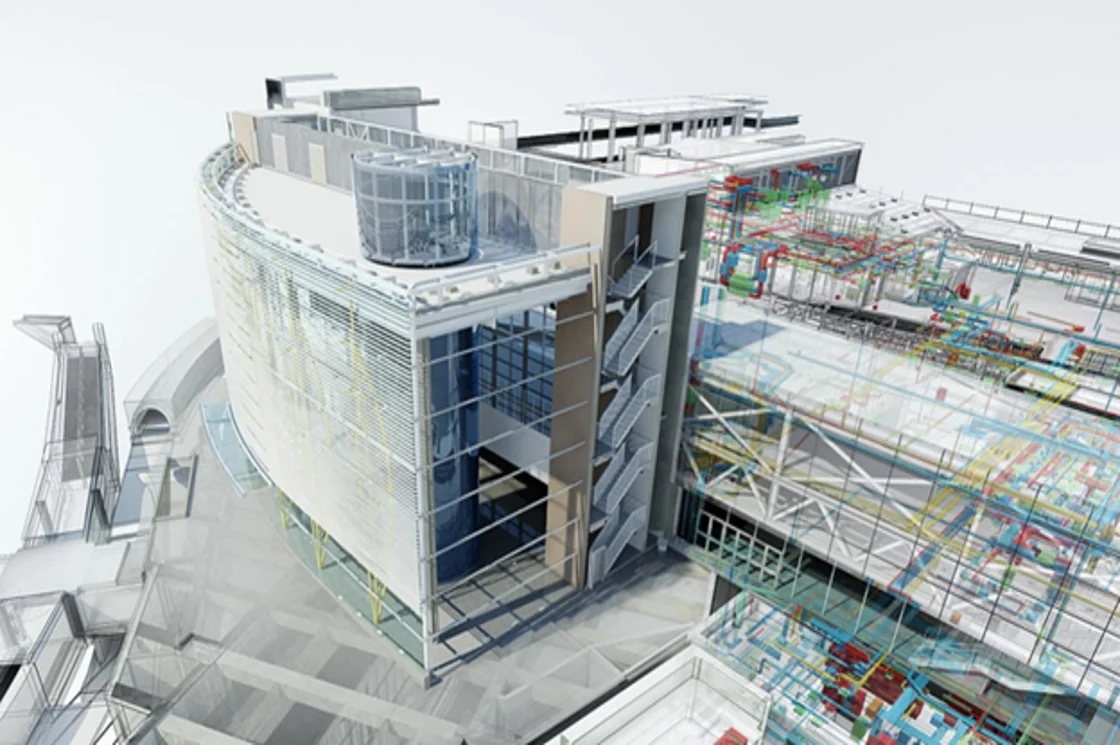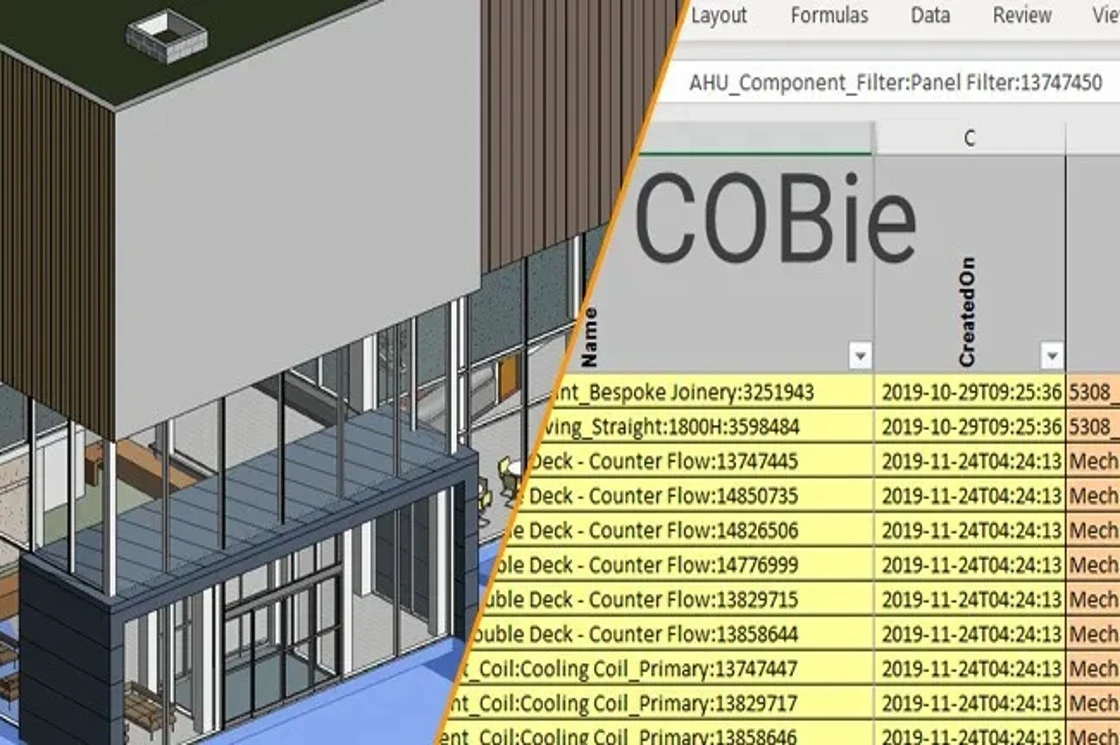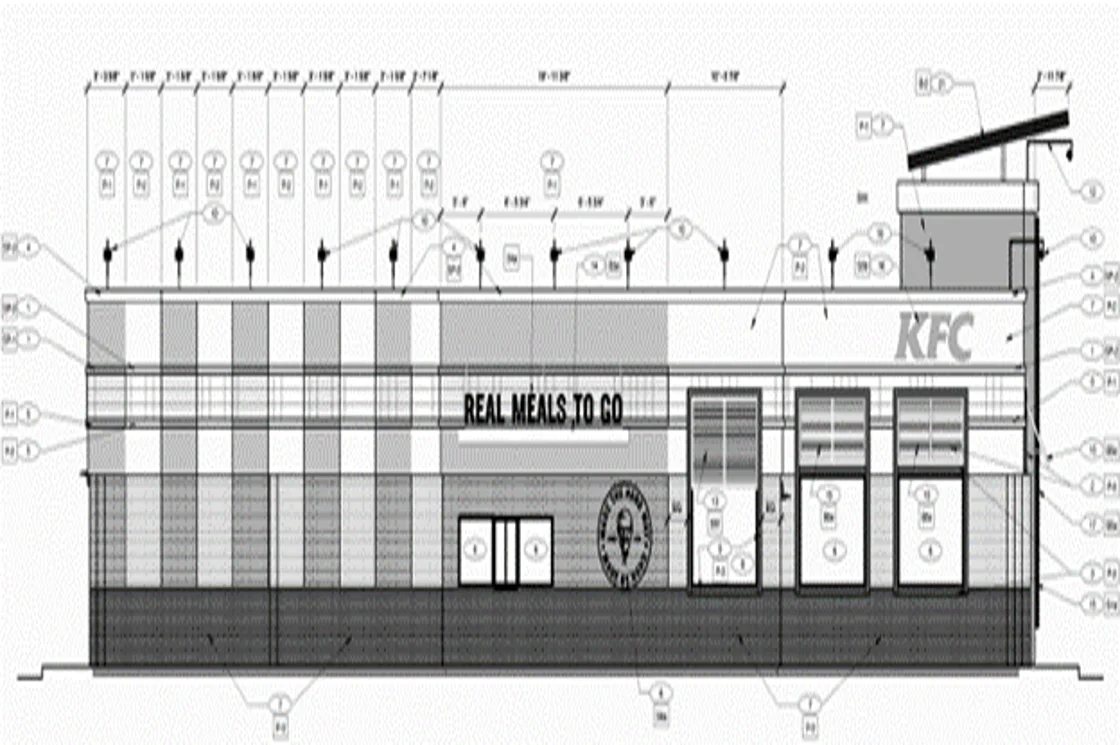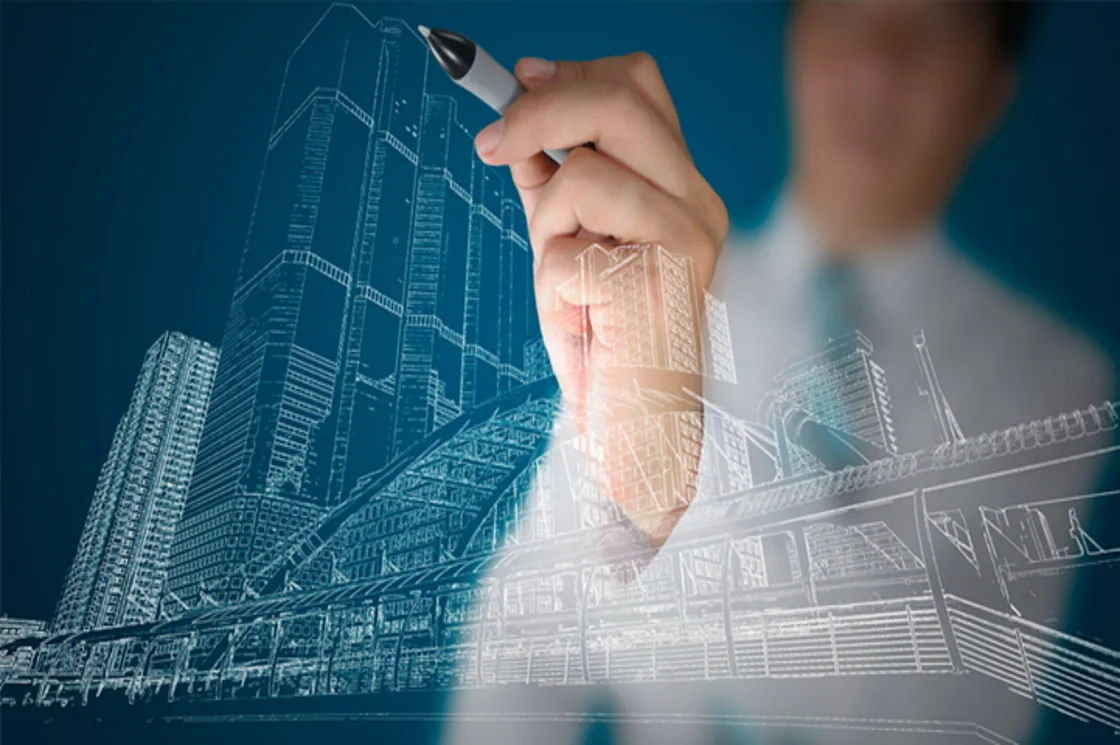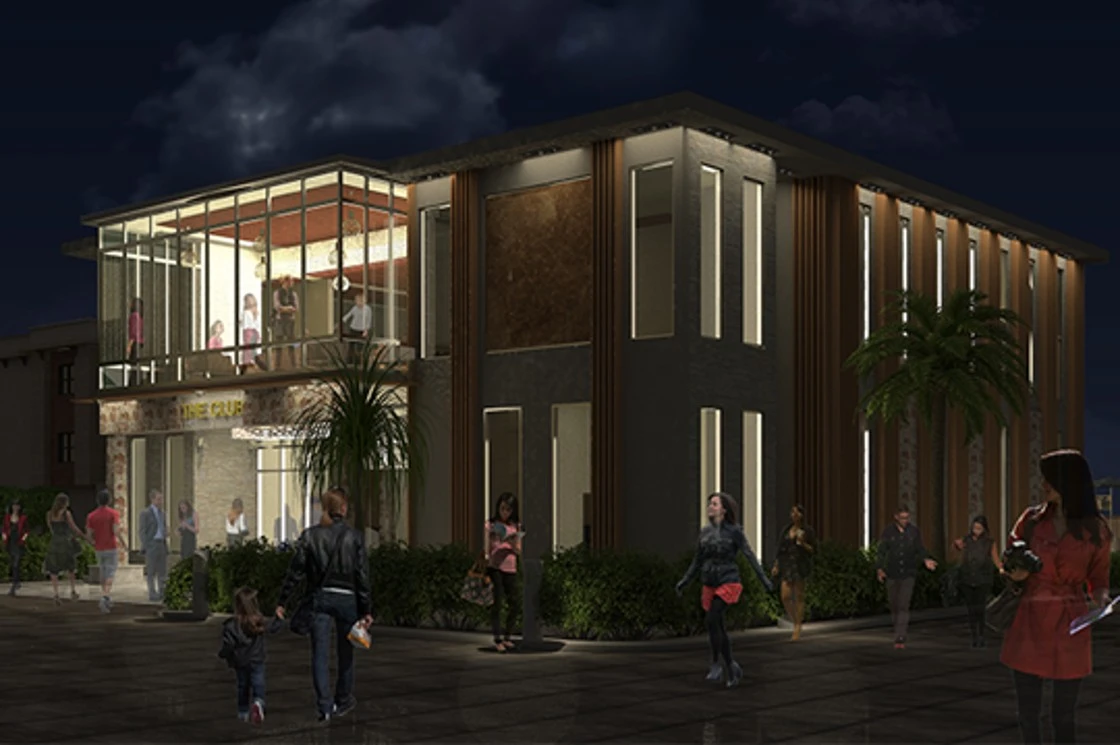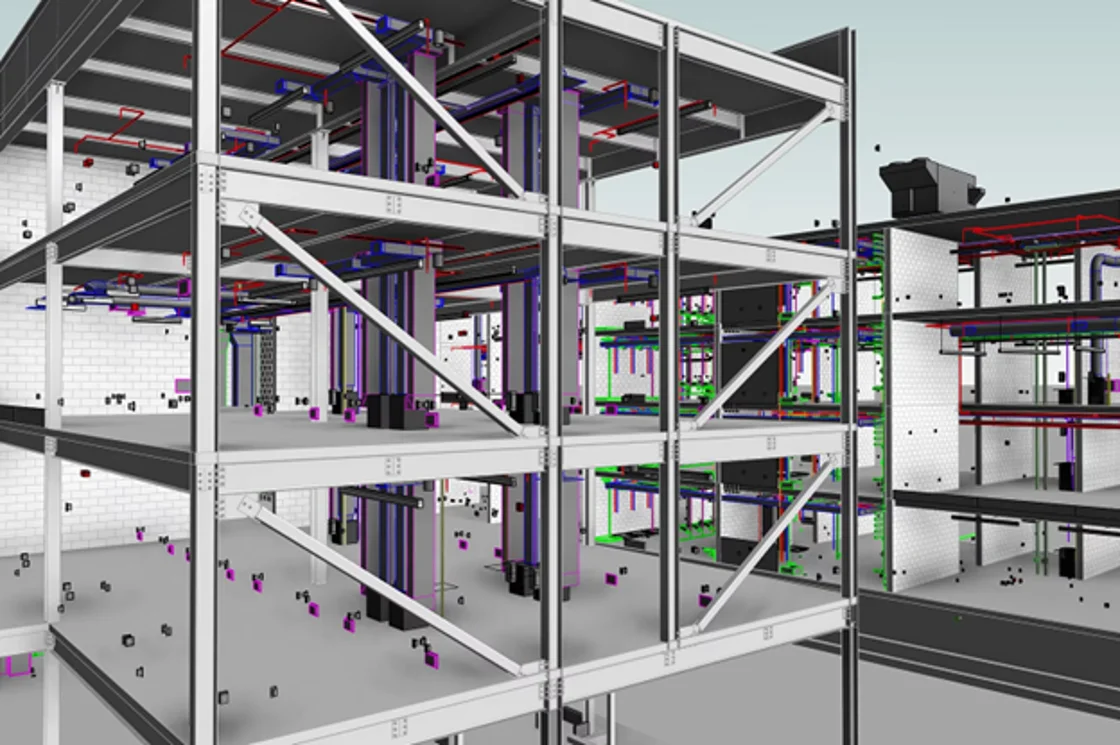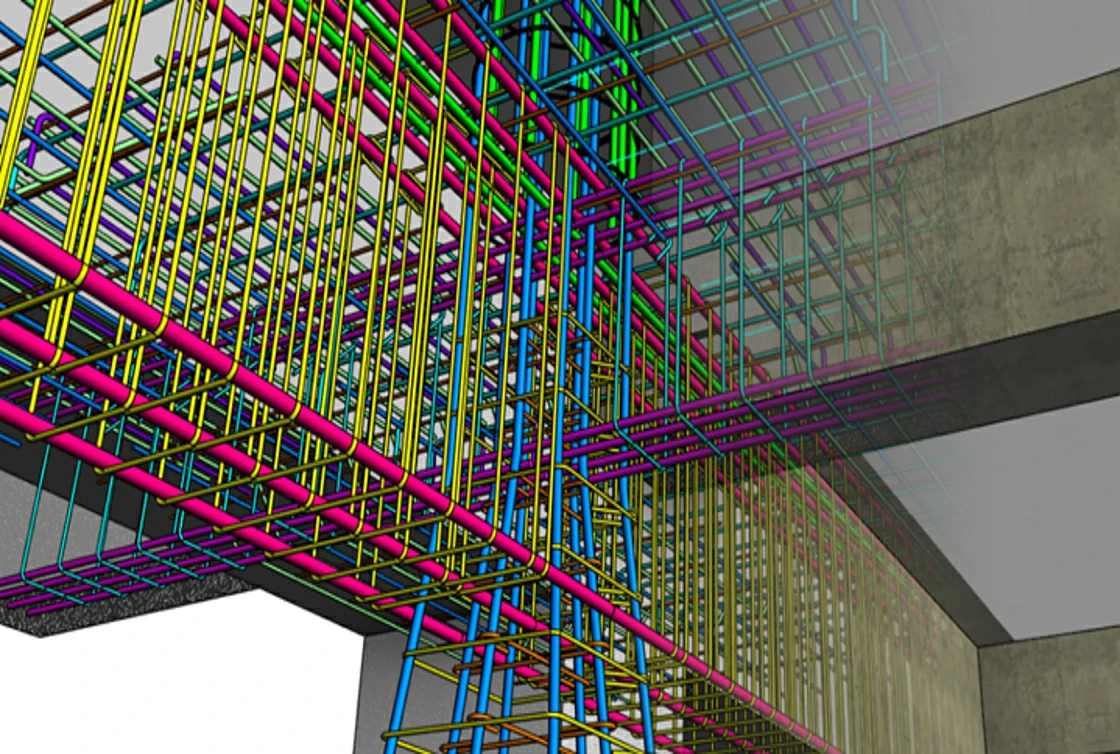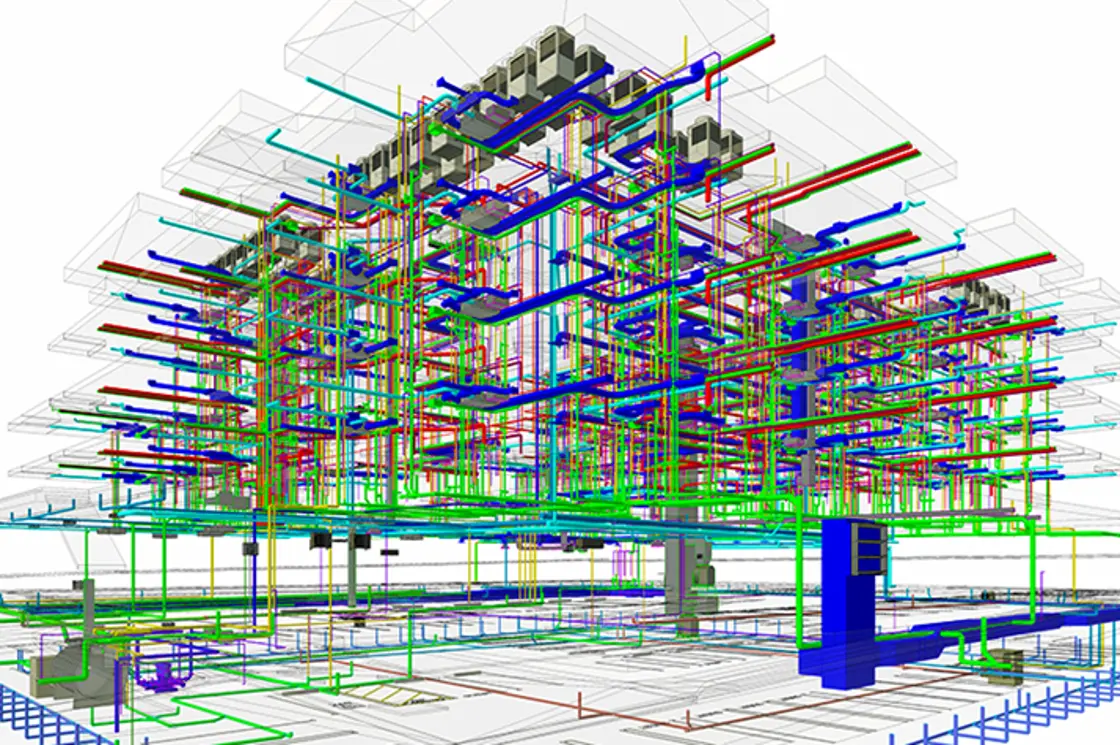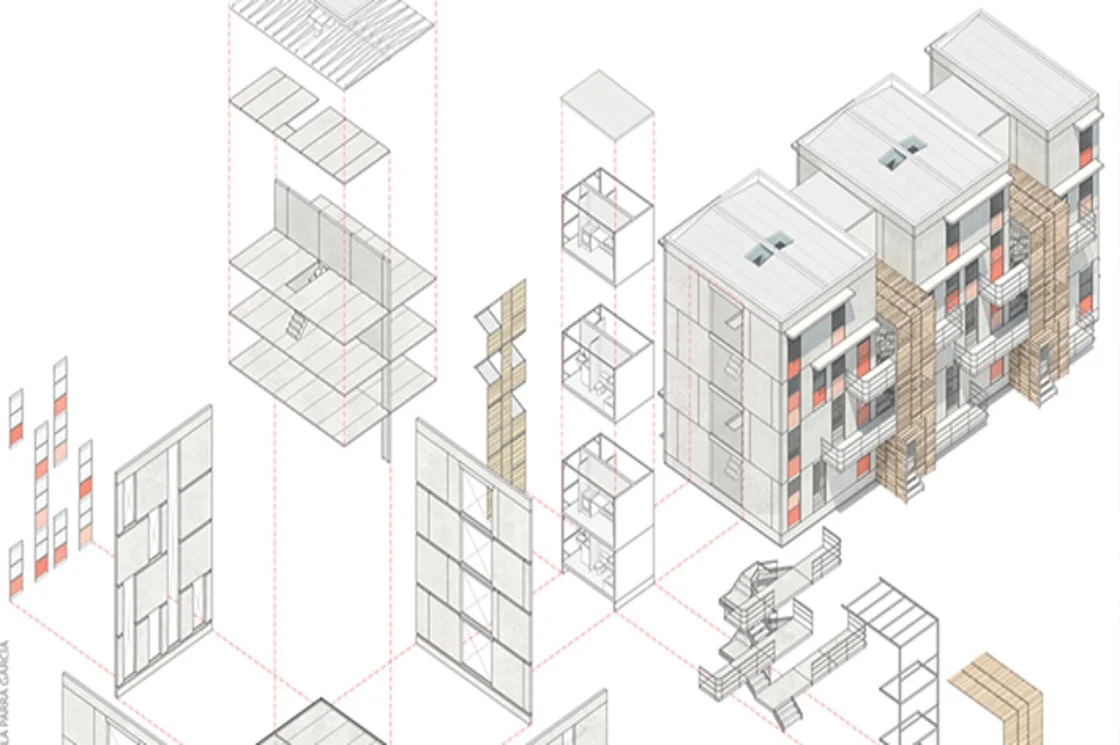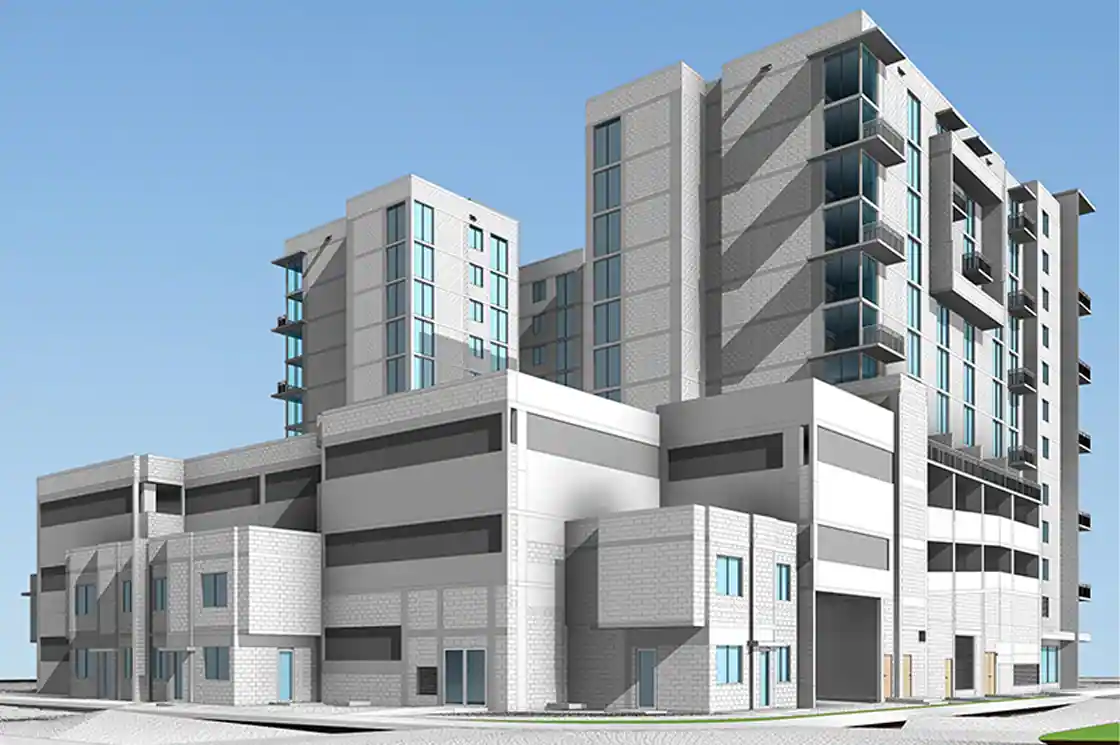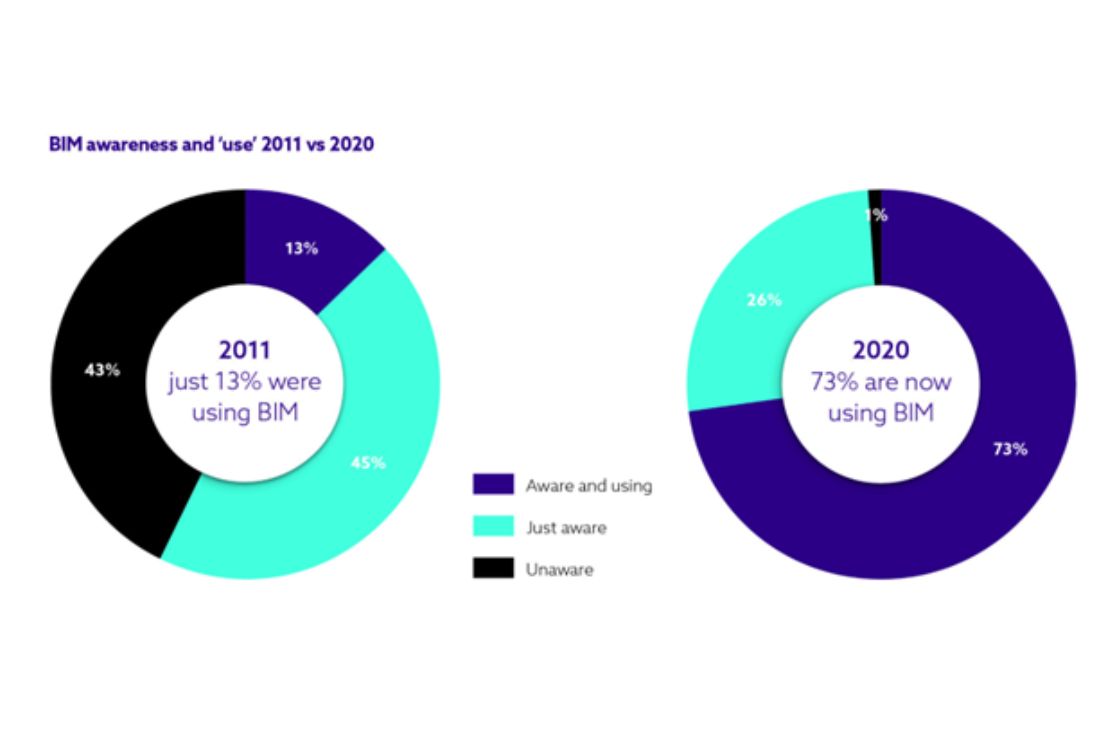The Future of AEC with VR and AR
With an annual growth rate of 113.2%, AR, VR, and MR markets are expected to hike and reach USD 250 billion by the year 2028. One of the significant transformations in the landscape of the AEC industry was brought about with the introduction of BIM. As technology advances with the latest inventions, AR and VR paved their paths in the construction sector as well.
These are serving as strong pillars in the industry enhancing efficiency and results. How are these technologies fruitful for the growth of the industry?
Let’s find out.
The 21st Century Revolution in Construction Domain
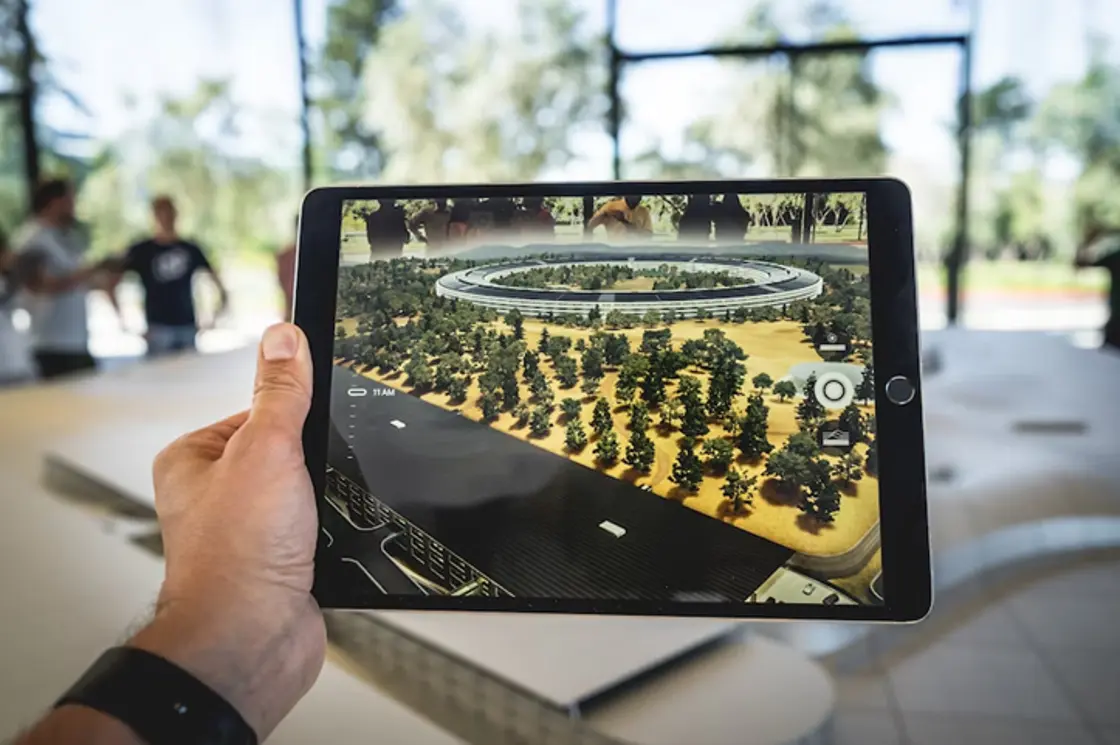
For a very long time, the AEC industry has been dependent on manual labor and human hand work. It was considered to be one of the least digitalized domains, however, the 21st century transformed the entire picture.
With the integration of several technologies like Revit MEP modeling and BIM-compliant platforms, the industry witnessed greater efficiency and lesser errors. Currently, it is undergoing rapid development with technologies like AR and VR streamlining the process.
What is meant by Extended Reality?
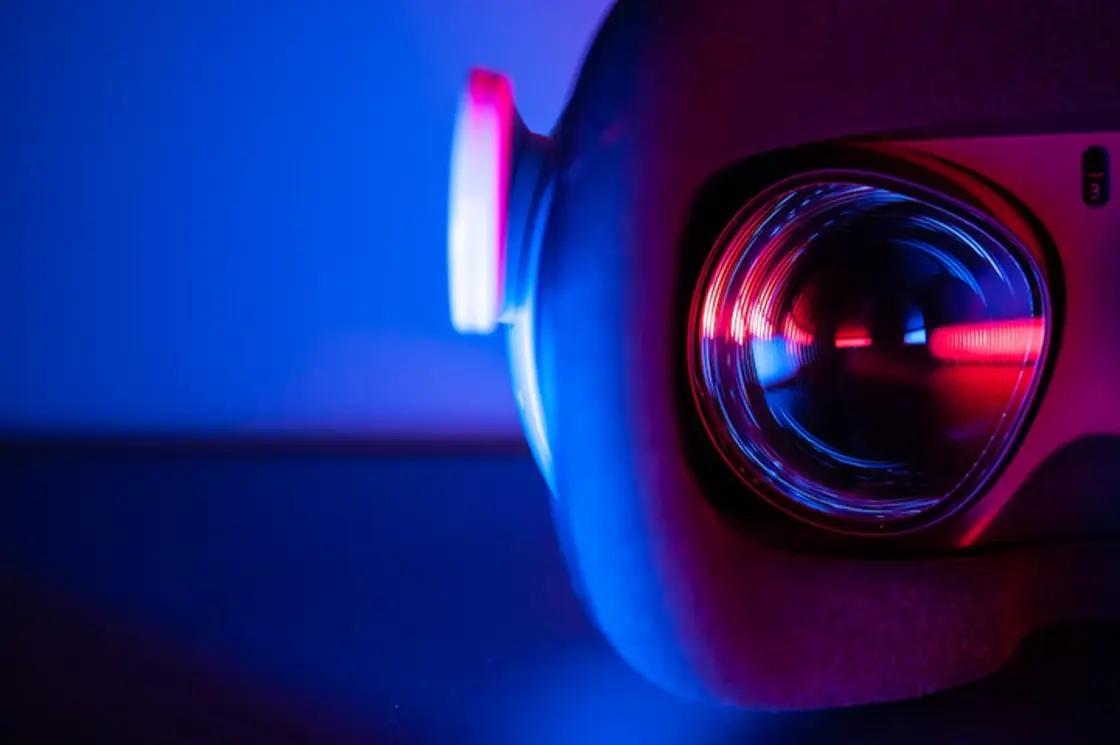
All the computer-generated realities – AR, VR, and MR are collectively known as Extended reality (XR). With AR and VR being significant for construction, let’s learn more about them.
Augmented Reality
Augmented reality in the construction sector means overlaying a digitally-created image in a real-world setting. As a result of this, the visualization and perception of designs in the real-world setting become clearer and better decisions can be taken.
Virtual Reality
Virtual reality allows digitized environments to be constructed along with the design model. It is the depiction of designs in an entirely virtual environment that resembles a realistic picture and helps designers to understand the relation between spaces.
What can the AEC Industry gain from AR and VR?
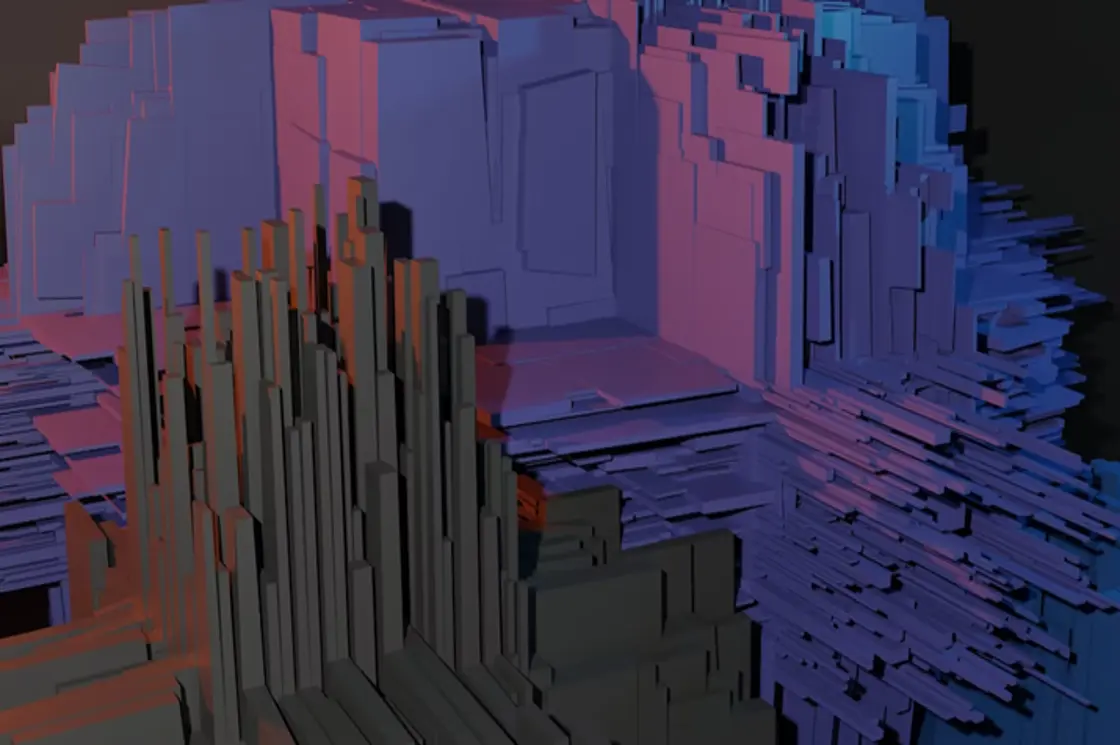
● Project Management
With clash detection and instant integration of revisions, project management becomes a breeze, and the scope for delayed communication gets minimized amongst different teams.
● Minimized Time and Maximized Productivity
AR can be adapted to support site work as the virtual model allows the detection of collisions which cuts down the need for rework. This proves especially useful with Revit MEP modeling and structural details.
● Lesser Risks in Construction
The safety asset is improvised by visualization with AR and VR which cuts down the on-site construction risks.
● Enhanced Collaboration
Most of the design issues arise due to a lack of communication. AR and VR-enabled Revit MEP modeling helps in better collaboration with one single model.
● Enhanced Client Communication
The easiest way to make your client understand the ideas is through a 3D model. While VR offers them a virtual walkthrough of the design, AR depicts its relationship with the on-site surroundings.
● Collision Control and Bridge Maintenance
An in-depth study can also be conducted through Revit’s structural modeling to work on collision control. It can also be adopted for bridge maintenance through point cloud data.
● An Immersive Experience
AR and VR add value to the construction industry as these offer an immersive experience in the virtual environment before construction takes place in the physical world.
The Scope of AR in Construction
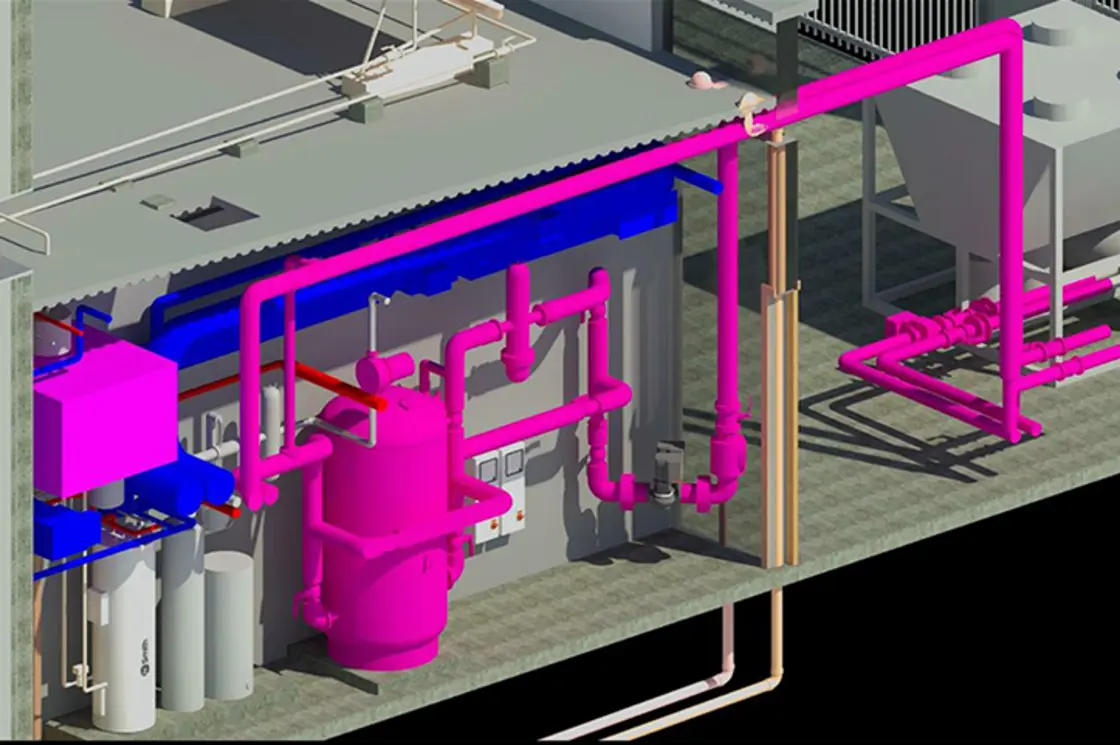
The applications of AR in construction go beyond simple visualization:
● Project Planning
The advanced technology can be adopted for better design and planning with Revit architecture modeling.
● Inspection
Rather than going through the hefty process of inspecting on-site construction with paper prints, AR makes it easier and more accurate.
● Real-time Information
With Revit MEP modeling, real-time information like the location of switches, outlets, and pipes can be attained and assessed.
● Training
The virtual pictures with AR help in training workers about the operations of complex tools and different machines in lesser time.
● Underground Installations
The risk of damaging the utility underground gets minimized with AR offering relevant information required for clash-free working.
● Reinforcement Visualization
Revit Structural modeling with AR technology helps in the visualization of reinforcement placement on-site and exhibits the steps involved.
Technology with the Human Intervention
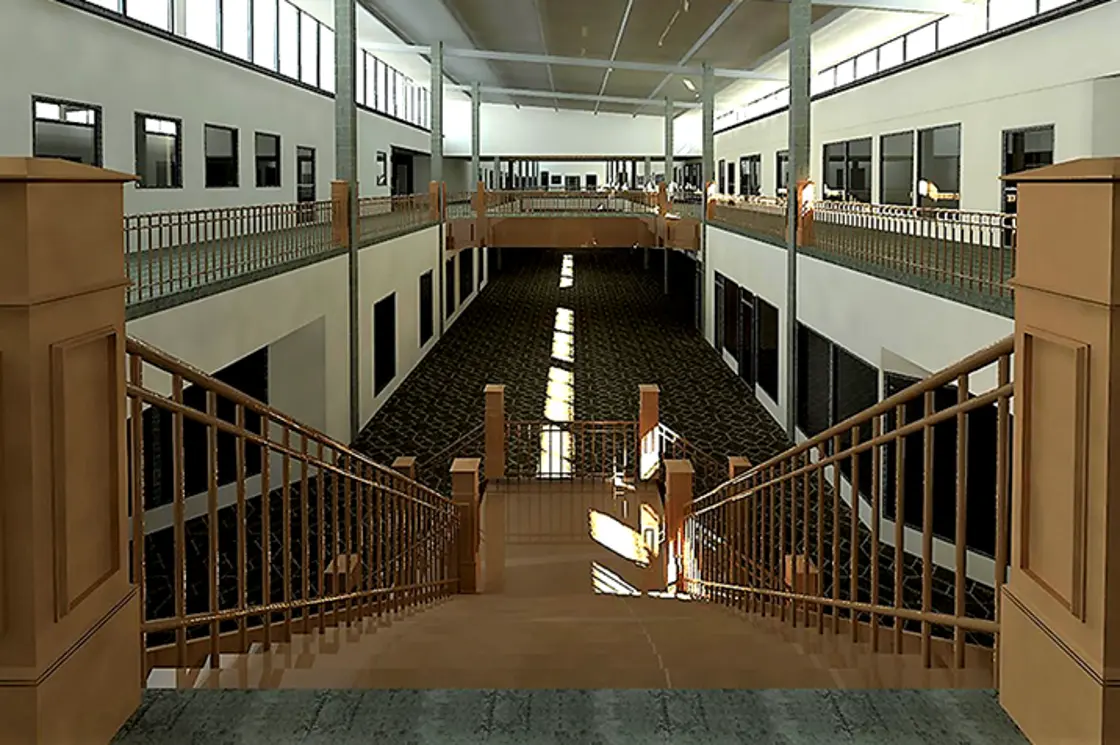
Although AR and VR have stepped into the AEC industry and several other sectors like robotics, gaming, medical, etc., in the end, human intervention is needed for any task. Although the construction industry has advanced from papers to virtual screens, to attain higher efficiency, there has to be an effective collaboration between manual work and technological platforms.
Common Queries:
1. What are the uses of AR in the AEC sector?
Augmented reality makes the perception of spaces and designs easier when introduced to the AEC sector as the 3D model can easily be visualized in a real-world setting.
2. What is meant by VR in the construction sector?
Virtual reality in construction is the 3D model that lets you look around the spaces, take a walk around, and interact with design elements even before getting constructed.
3. What is the role of VR in BIM?
BIM working can be made even more efficient as VR offers distinct perspectives in the model and 3D can be compared with the 4D BIM model.
4. What is the difference between AR and VR?
The major difference between AR and VR is the setting that is used to place the model. While AR is all about real-world settings, VR offers virtual scenes.
5. How does technology transform the AEC sector?
Technology like Revit modeling is driving the AEC industry towards better visualization, enhanced collaboration, and maximized efficiency that helps in delivering value.






